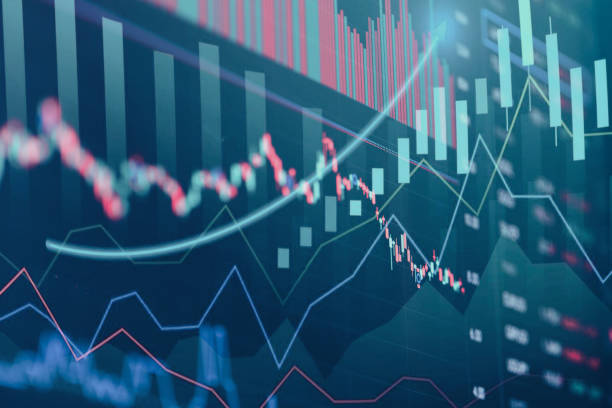Trading the Future of Wagers
Prediction markets have quietly turned into one of the fastest-moving corners of finance and wagering. Once seen as a niche product tied to political cycles, they are now attracting billions in capital, mainstream broker integrations, and serious interest from professional traders. Tom Waterhouse of Waterhouse VC believes the sector could eventually rival sports betting — and create fresh opportunities for wagering operators who adapt. Back in late 2024, prediction markets caught attention when trading volumes spiked around the U.S. election. The question was whether activity could last once the headlines faded. Six months later, the answer appears to be yes.
Kalshi, the U.S.-regulated exchange, and Polymarket, its blockchain-based rival, are now operating at a scale that was hard to imagine even a year ago. Both have expanded their offerings beyond politics into sports, economics, and cultural events, and both have secured new investment that underscores the market’s momentum.
| Aspect | Kalshi | Polymarket |
|---|---|---|
| Regulation | CFTC-regulated (US) | International, blockchain-based; returning to US via QCEX acquisition |
| Valuation | $2 billion (Series C, June 2025) | $1 billion (Series round, mid-2025) |
| Distribution | Integrated with Robinhood and Webull, US broker accounts | International users; AI & social media integrations |
| Main Trading Focus | Sports, economic events, politics | Global events, crypto, cultural & geopolitical events |
| Liquidity Providers | Susquehanna International Group + market maker program | Market maker programs and institutional liquidity partners |
| Key Advantage | US market access, broker integration, regulated growth | International volume, global event coverage, AI-powered trading |
The Money Flows In
Kalshi’s $185 million Series C round in June pushed its valuation to $2 billion, led by crypto-focused firm Paradigm. Polymarket is reportedly finalizing a $200 million round at a $1 billion valuation, led by Founders Fund, while also purchasing U.S.-licensed exchange QCEX for $112 million. That move gives it a regulated path back into the American market, sidestepping the long regulatory battle Kalshi had to fight.
The valuations reflect not just hype but clear distribution advantages. Kalshi is now embedded in Robinhood and Webull, placing prediction markets in front of tens of millions of funded brokerage accounts. That reach took U.S. sportsbooks years of state-by-state licensing to achieve. Liquidity remains the lifeblood of these exchanges. Without deep order books, contracts become meaningless. Firms like Susquehanna International Group, known for handling massive ETF flows, are now providing round-the-clock liquidity on Kalshi. This has made it possible for users to place larger trades with confidence. Still, volumes remain modest compared with traditional futures markets like oil or gold.
The sharpest growth has come from sports. Kalshi reports that more than two-thirds of its recent trading volume comes from sports contracts. This is no accident: bettors are moving over for better odds, fewer restrictions, and higher limits. Kalshi also operates in markets like California and Texas where traditional sportsbooks are shut out. Regulators, however, are uneasy. Several state gaming commissions argue that Kalshi is effectively running an untaxed sportsbook under the cover of federal derivatives law. Federal courts so far have sided with Kalshi, but the legal battle is far from over.
Traditional operators are not standing still either. FanDuel recently announced a partnership with CME Group to launch event-based financial products, steering clear of sports for now but signaling a willingness to move closer to prediction-style trading. DraftKings may not be far behind. One of the biggest distribution breakthroughs comes from AI. On X (formerly Twitter), users can tag @askpolymarket or Grok, xAI’s chatbot, to get live market probabilities on trending events. Odds and analysis now appear directly in user feeds, turning everyday news into instant trading prompts. Kalshi is expected to roll out a similar feature.
Prediction markets are not just competition for sportsbooks — they’re a new funnel, bringing millions of users into trading who would never download a gambling app.
Future of Gambling Operators
Prediction markets are not yet a full replacement for sportsbooks. They lack the high-margin products — parlays, accumulators, casino tie-ins — that underpin betting profits. But they are proving highly effective at two things: pulling in new users who would never download a gambling app, and catering to sharp bettors who want better pricing and higher stakes.
That dual appeal means prediction markets may not destroy the sportsbook model but instead widen the funnel. Once those users are ready for parlays, bonuses, or casino content, traditional operators are well-positioned to capture them. For wagering firms, the opportunity is in recognizing prediction markets as both a competitor and a long-term complement.









